The tiny island of Lampedusa, south of Sicily, has become the symbol of Italy’s migrant crisis as news reports describe its small reception centre suddenly being overwhelmed by thousands of people arriving in hundreds of small boats.
The number of migrants reaching Italy’s shores from northern Africa has soared this year – even as Meloni’s hard-right government announced a series of tough anti-immigration measures it said would punish traffickers and deter migrants from making the dangerous crossing.
READ ALSO: Italy to detain migrants for longer as arrival numbers surge
But exactly how much has the number of arrivals risen? Why is the situation now so hard to manage? And what will the government’s rules do to address the situation?
How much have arrivals increased?
Over 127,000 people have landed in Italy so far this year, against some 66,200 people in 2022, according to the interior ministry’s latest data.
That’s compared to just under 43,000 in 2021.
The number of people arriving in Italy by sea now is near that seen during the height of the migrant crisis of 2016, when about 181,500 people arrived on Italian shores.
In January-August of that year, there were about 115,000 landings, compared to 114,526 in the same period of 2023.
Many never make it. 2,078 people are known to have died making the crossing so far in 2023, according to the Missing Migrants project run by the International Organization for Migration (IOM).
This is believed to be just a part of the true number, IOM says, as many “invisible” shipwrecks are never found.
Last time people attempted the crossing in such numbers, things were different.
“In 2015-2016, people arriving from Libya were saved at sea by NGOs under Operation Sophia, and taken to the large Sicilian ports where the management of such large numbers, even a thousand people at a time, worked almost like clockwork,” Flavio Di Giacomo, a spokesperson for the IOM in the Mediterranean, said in an interview with Italian news outlet Fanpage.it last week.
Now, he said, “people are no longer setting off from Libya, but mostly from Tunisia.”
Why is Italy struggling with the number of arrivals?
As Tunisia has become, for the first time, the main point from which boats leave for Europe, the tiny island of Lampedusa is now receiving around 70 percent of all migrants arriving in Italy, Di Giacomo said.
Last week, around 120 boats arrived in one 24-hour period, and over 8,500 people — more than Lampedusa’s population — overwhelmed the island’s reception centre, built to hold 400.
IN NUMBERS: Five graphs to understand migration to Italy
“When migrants left Libya it was, paradoxically, an easier situation to manage, because saving people on the high seas, at least when NGOs were allowed to work, was simpler,” Di Giacomo said.
“If they were saved earlier and taken to Sicily this situation would not arise in Lampedusa.”
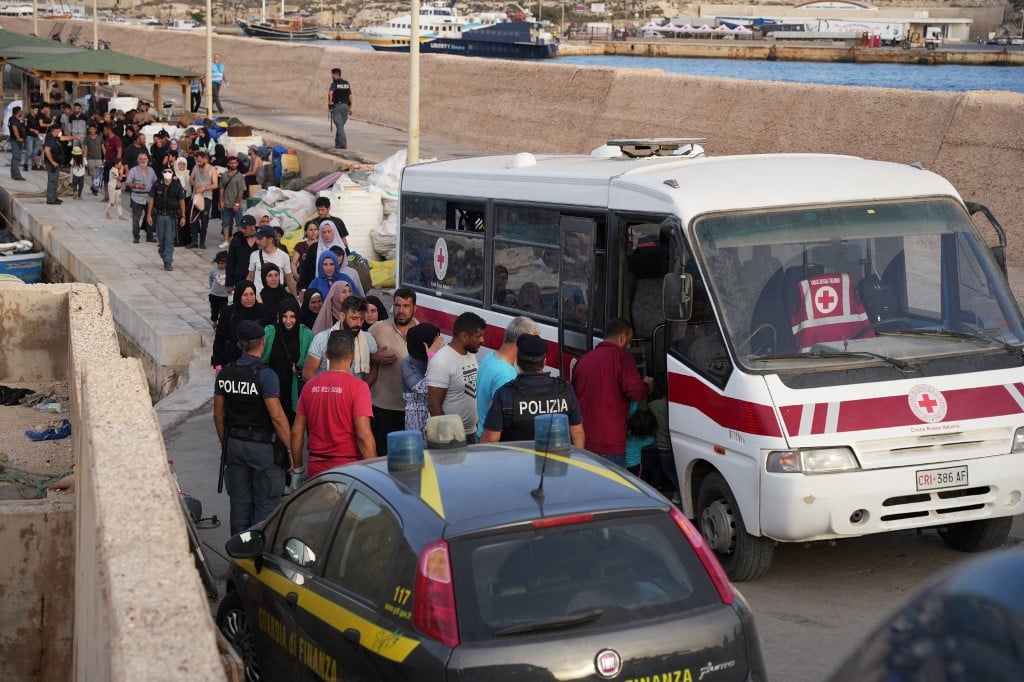
As Italy has long been used to receiving large numbers of people arriving by sea, Di Giacomo said, the problem today is not “a numerical emergency [for Italy], but an operational emergency for the island.”
And Italy is not alone in dealing with large numbers of migrant arrivals.
While Italy receives more sea arrivals, other EU countries are dealing with higher overall migration figures, including via land.
In 2022, Germany, France, Spain and Austria all received more first-time asylum applications than Italy.
Why are more people leaving from Tunisia?
While migration experts say weather conditions largely determine short-term peaks and troughs in the numbers of people arriving by sea, the longer-term trend of rising arrivals from Tunisia is mainly due to worsening economic and social conditions there, and political instability in the wider region.
“There is a crisis in Tunisia which determines the increase in migration towards Italy,” Di Giacomo said.
“Until a couple of months ago, only migrants who had been living in Tunisia for a long time arrived from there, fleeing discrimination and racial hatred.”
But now “there are also Tunisians, families who arrive with children, who need medical care that they can no longer receive in their country.”
There is also a rising number of people arriving from Tunisia after crossing from Libya, according to IOM.
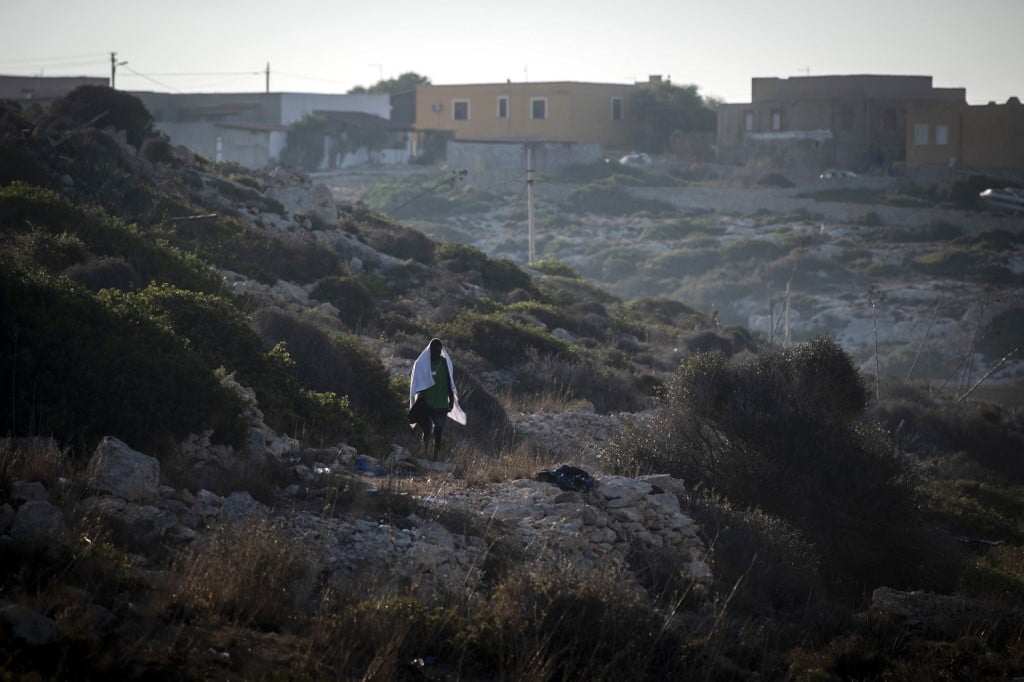
The migrants arriving in Italy now via the Tunisia route are mainly from Guinea, Ivory Coast, Tunisia, Egypt, Bangladesh, Burkino Faso, Pakistan, Syria, Cameroon and Mali, according to interior ministry data. Over a third are from other, unnamed, countries.
In July, the EU – strongly backed by Italy’s government – struck a deal with Tunisia, which promised to tighten its sea borders and speed the repatriation of citizens who arrive illegally in Europe from Tunisia in return for aid for its troubled economy. However, that money has reportedly not yet been disbursed.
What happens to migrants once they reach Italy?
Arrivals on Lampedusa or anywhere else on the Italian coast are soon moved to reception centres elsewhere in Italy, where they must remain while their asylum claims are processed.
The region of Lombardy is hosting the highest share of any region (12 percent of the total), followed by Sicily (10 percent), Piedmont and Emilia-Romagna (9 percent each), Lazio and Campania (8 percent each) and Tuscany (7 percent).
Many of those intend to move on to other countries in Europe.
Those who have their requests for asylum denied by Italy are then sent to so-called ‘permanent repatriation centres’, or CPRs.
Last year, only around half of those in CPRs were actually sent back to their countries when their detention period ended.
Nearly 6,400 people passed through them in 2022, most of whom came from Tunisia, Egypt, Morocco, Nigeria and Albania.
Each spent an average of 40 days in Italy’s nine CPRs last year, from Bari in southern Italy to Rome and Milan, according to data from the country’s prison watchdog.
Just over 3,150 were repatriated, the authority said.
What happened to the rest was unknown.
What’s changing?
The Italian government on Monday approved new rules meaning those who have their asylum claims rejected in Italy would be detained in CPRs for up to 18 months in future – up from the current 135 days (just under 4.5 months).
The longer detention period is hoped to allow more time for a higher rate of repatriation.
Meloni said on Sunday the defence ministry would also be charged with setting up more repatriation centres “as soon as possible” in “sparsely populated and easily guarded areas”.
In April, the Italian government declared a national “state of emergency” over the number of migrant arrivals, a condition which allowed it to allocate five million euros to addressing the situation.
The government had previously allocated 42.5 million euros at the end of 2022 to building more repatriation centres, according to AFP reports.
READ ALSO: ‘More will drown’: Italy accused of breaking international law on migrant rescues
Anti-migration measures introduced since the current government took power in October 2022 have also targeted migrant rescue charities, impounding their boats, banning them from conducting multiple rescues and making them travel longer distances to disembark migrants.
Following a shipwreck off Calabria in February that killed at least 94 people, the government announced longer jail sentences for convicted traffickers, and increased the number of migrant work permits available to those from countries which sign repatriation agreements with Italy.
Italy has repeatedly asked other European Union countries to share more of the responsibility for migrants arriving by sea.
European Commission President Ursula von der Leyen, visiting Lampedusa on Sunday, drew up a 10-point plan which would reportedly offer ways for people eligible for asylum to legally enter the European area.

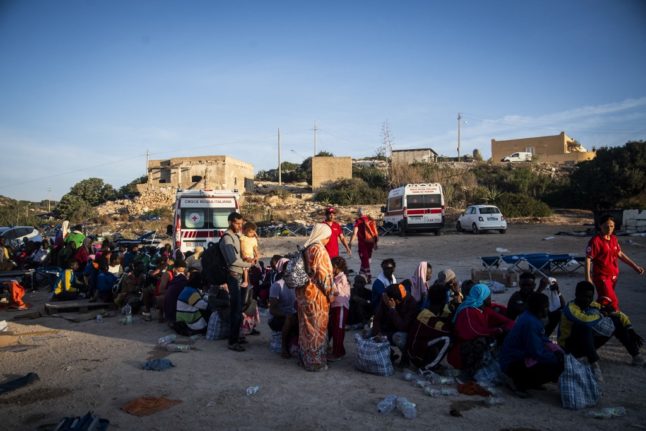

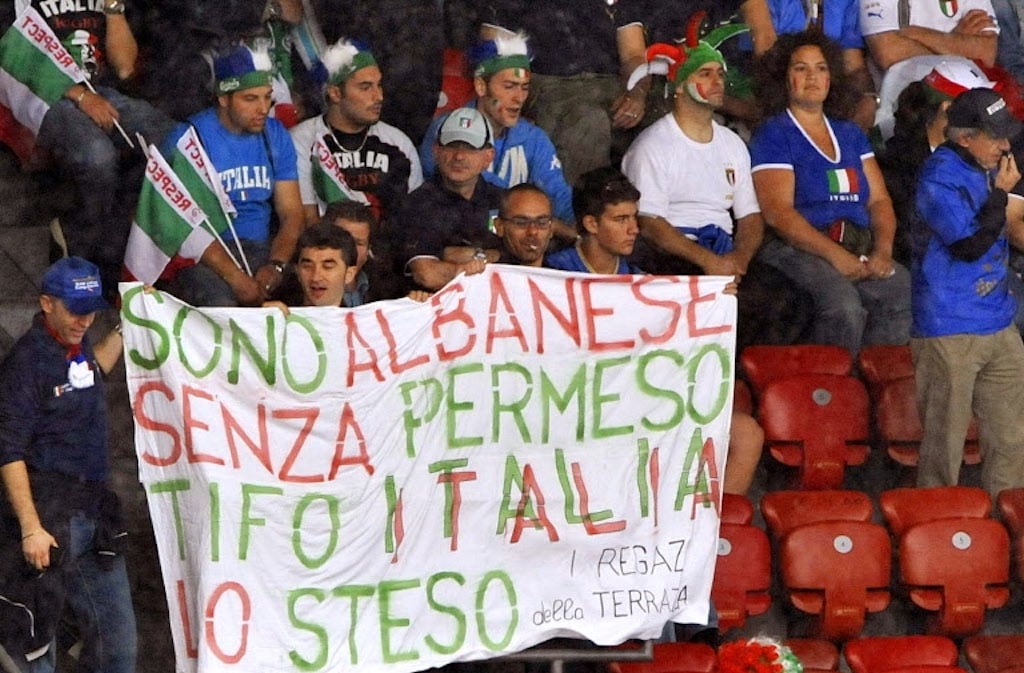

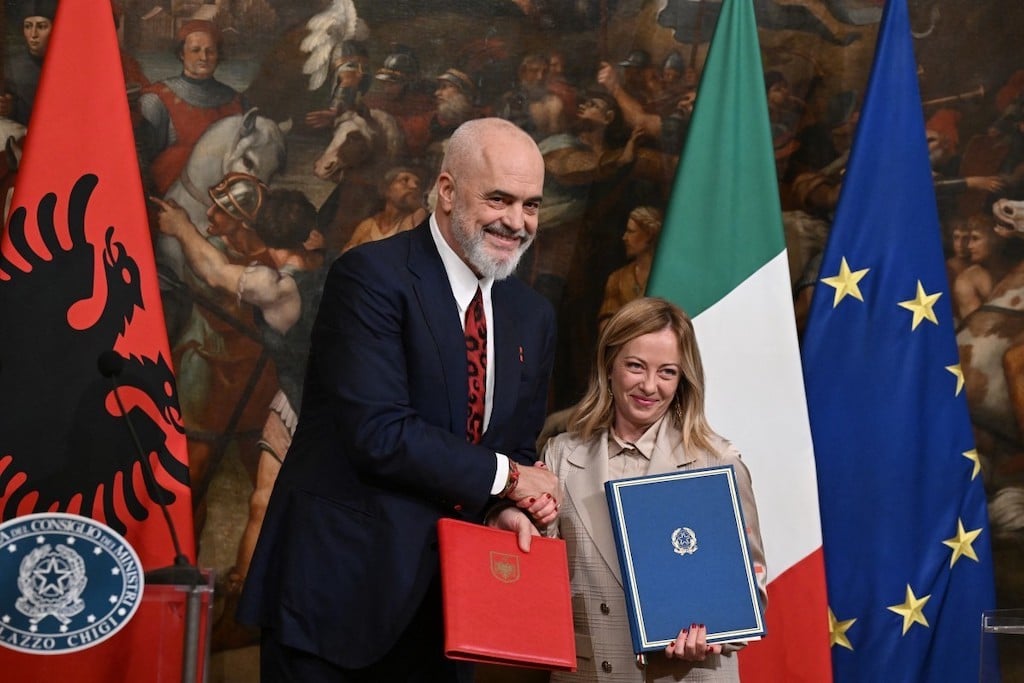
 Please whitelist us to continue reading.
Please whitelist us to continue reading.
The graph shows the answer 2018,2019 years with Salvini in charge, Italy needs him back in that position.